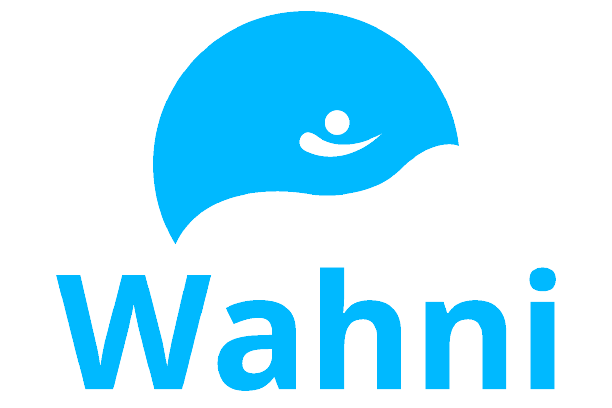Technology is something that plays a major role in our lives. Everyday, we are dealing with multiple gadgets and come across different software. There are two types of software available now, Open source software and Proprietary software. Open source software made a great impact on modern computing and the internet. Open source software (OSS) is software that is distributed with its source code, making it available for use, modification, and distribution with its original rights. This will offer flexibility to its user to modify the software to fit their needs and will accelerate the innovation. A software is free open-source software if it’s providing the below four freedoms.
- The freedom to inspect or view
- The freedom to use
- The freedom to modify
- Economic freedom

The idea of open-source software originated in 1983 by Dr. Richard Stallman who is knows as the “Godfather of open source software” when he launched a GNU Operating system. In 1985, Dr. Stallman founded the free software foundation ( FSF ) which rails against any software proprietorship. The movement catapulted the notion of open-source collaboration under which developers and programmers voluntarily agreed to share their source code openly without any restrictions. The main open-source solutions that changes the world are Linux, Android, WordPress, Firefox, GIS etc. More than 80% of world’s fastest super computers are Linux based and More than 70% of mobile operating systems are Android, more than 80% of webservers are running on Apache or Nginx. Without these technologies and platforms, the world would be an extremely different place.
Proprietary solutions maintain exclusive control over their source code with the intellectual property rights and the users must agree that they will not do anything to the software that the authors have not explicitly permitted. while open-source solutions make its code available to users so that they can view it, copy it, learn it, share it and alter it. This will helps the solutions to become more sustainable as issues or errors that might have missed by the original authors can be rectified and corrected repeatedly.
Proprietary solutions are restricting flexibility as there are restrictions on the usage, it is not meant for collaboration and accessed only by those who developed it while the open-source solutions are developed and maintained by authors and the community. The open-source movement broke all the barriers between the developers and the open-source software vendors encouraging everyone to open collaboration.
Apart from the above features, Enterprises can benefit from the open source as there are no vendor lock in for the software solutions. They do not need to pay any software license fee or a user license fee and are free to experiment, explore, adopt or replace the open-source software at their will. Growing organizations are more vulnerable to vendor lock in as moving from one to another will cause business disruption and substantial expenses. Open-source solutions provides fundamental freedom of choice on vendors or on solutions. This will provide the enterprises an opportunity to try and select innovative solutions based on their needs. Also, they have the control over important elements such as service and support.

